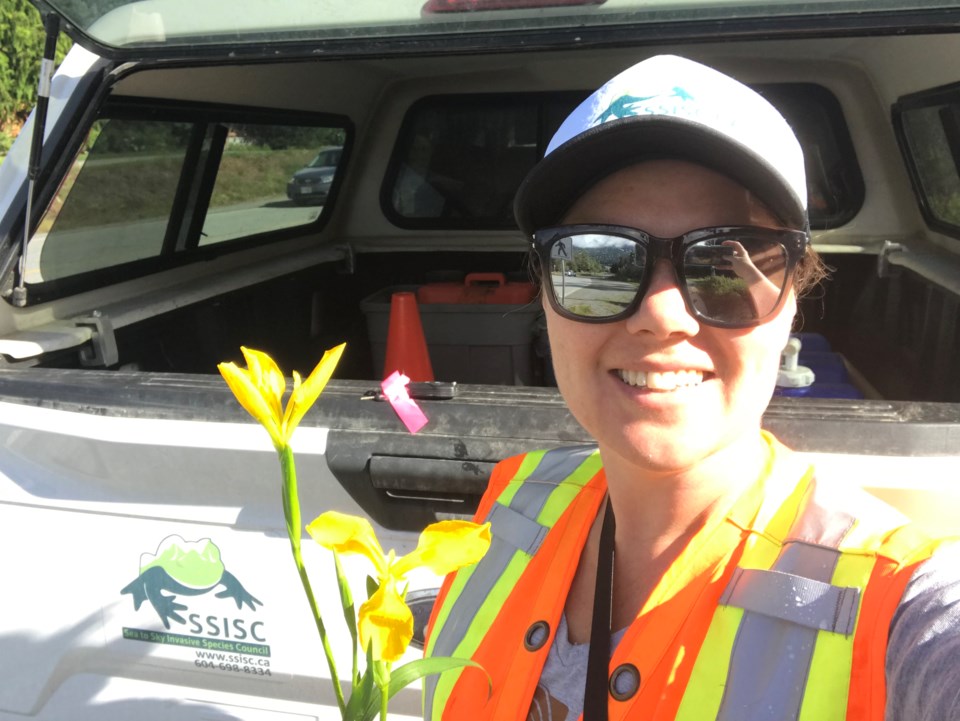The Sea to Sky Invasive Species Council (SSISC) is looking for a new executive director, with longtime leader Clare Greenberg moving on to new opportunities after 10 years with the local not-for-profit.
In those 10 years, a lot has changed with the SSISC.
“When I started back in 2013, it was just two seasonal staff and me as a contractor, and just in the past 12 months we had 18 staff plus a contractor,” Greenberg said in an interview with Pique.
“It has grown from a fledgling organization to an organization that is working with a lot of partners and providing employment opportunities for youth and students—I feel like we’ve come a long way in the last 10 years.”
Greenberg came to the SSISC with a background in invasive species working in Australia, and goes on to a position with the provincial government.
She said collaboration is one of the things she is most proud of during her time with the not-for-profit.
“Partnerships is something we’ve done a really good job of bringing to the table,” she said.
“I think in order for invasive species management to be really successful, you need all land managers to be at the same table working together … invasive species don’t respect fence lines, and you often have to have multiple parties involved to get the job done.”
Greenberg said for whoever fills the role next, it is fulfilling working with the SSISC—whether that’s seeing long-term projects yielding results, growing community awareness of invasive species and their effects on biodiversity, or the opportunities for growth ahead (such as in addressing invasive animals).
Currently, the SSISC has two active species monitoring programs—for green crab in Howe Sound, and Zebra and Quagga mussels in lakes in Whistler. Both are small relative to SSISC programs focused on invasive plants, but funded and ongoing.
“That’s an area I think a new executive director could try and really improve and grow, because it’s a gap, not just in our region, but across B.C.,” Greenberg said.
You can read all about the SSISC’s programs from the year past in its 2023 report, and its vision for the future in its annual plan—both are available through the SSISC website.
The SSISC is actively hiring for its next executive director—Greenberg wraps up her time with the organization on March 8.
She moves on to a job with the provincial government, in what she called a change of pace and an expansion of scope through a broader environmental role with the Ministry of Water, Land and Resource Stewardship.
SSISC chair Leslie Anthony credited Greenberg with much of the progress the organization has made over the last decade.
“Over the course of a decade, Clare’s work ethic, skill and enthusiasm have led the SSISC to unheralded levels of funding, manpower, capability and reach,” he said in a release.
“Her efforts have created a streamlined operation that continues to make important impacts on invasive species policy, detection, control and management in the Sea to Sky corridor. We have no doubt she’ll make as important a contribution in her new capacity with government as she has with us.”
Greenberg said whoever steps up with the SSISC will enjoy it.
“It’s a super exciting role, a job that has a lot of flexibility in terms of content but also how you go about it, and it’s a really supportive board of directors and an incredible team,” she said.
“A lot of what I’ve been able to lead and achieve has been largely because of the capable team that I’ve worked with, and funders and supporters as well.”
Read more at ssisc.ca.




